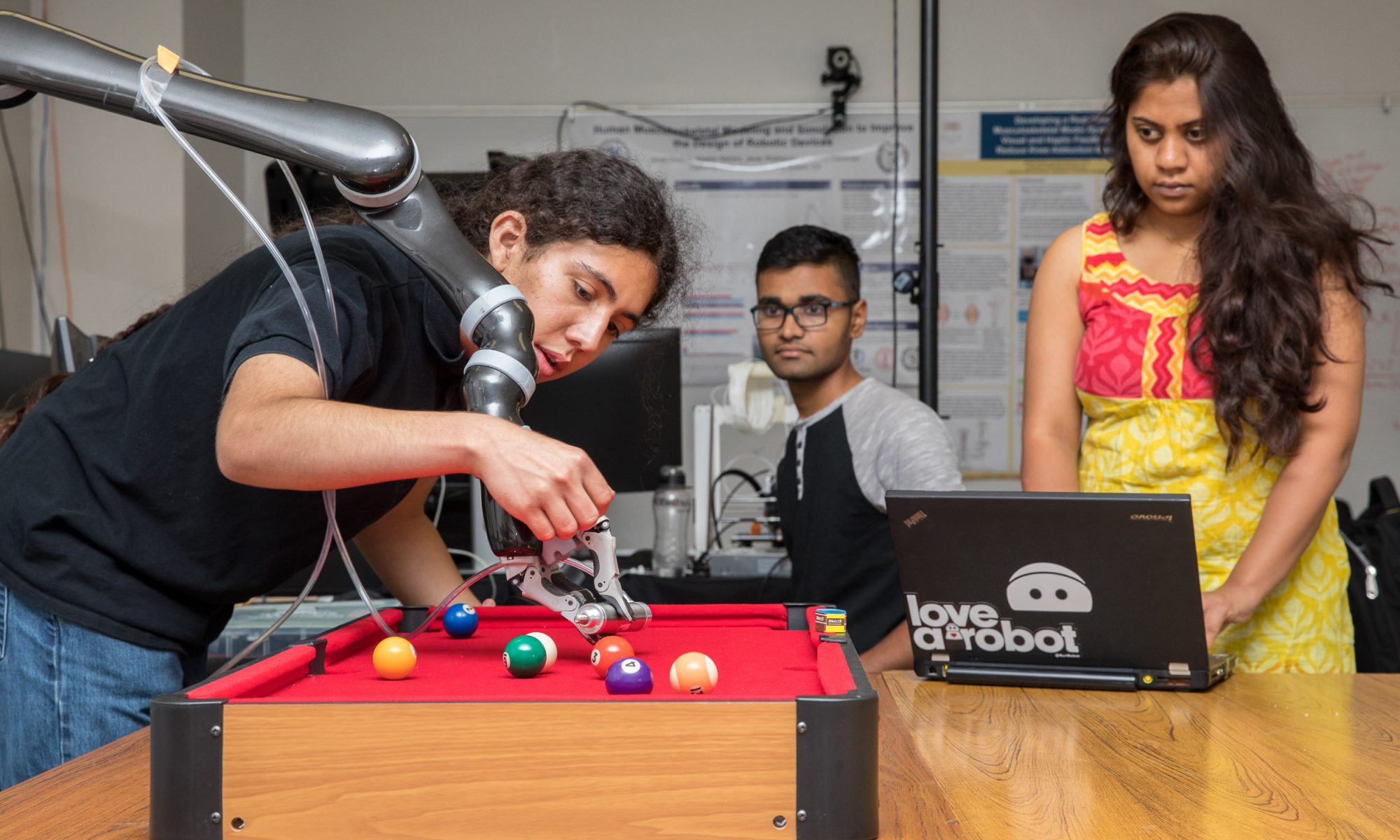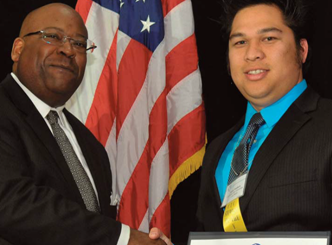By Todd Howard
Engineering Ph.D. student Jeremy Bonifacio is distinguishing himself on the national stage as an innovator of high-tech solutions to longstanding environmental and public-health issues. Last year, he traveled to the Transportation Research Board’s annual conference in Washington D.C. to receive the METRANS Transportation Center’s “Student of the Year” award as well as a certificate of commendation from the U.S. Department of Transportation for his academic excellence and research in the reduction of airborne pollution.
A student in the “Engineering and Industrial Applied Math” doctoral program that is a joint endeavor between the College of Engineering and Claremont Graduate University, Bonifacio’s research in Fluid Dynamics is creating technologies that disperse indoor and outdoor pollutants before they can reach dangerously high levels of concentrations, as well as biomedical instruments for treating pollution-related illnesses. “The number of people who are getting sick from airborne pollutants is on the rise in developed and developing nations alike,” says Bonifacio. “There is urgent need for a comprehensive range of solutions.” Bonifacio recently served as the student team leader on a $1.8 million joint research endeavor between CSULB and the Port of Los Angeles that developed “seawater scrubber” technology for reducing the high concentrations of diesel particulate matter that are emitted from oceangoing vessels. The project’s principle investigator was Dr. Hamid Rahai, Bonifacio’s PhD advisor.
In addition to his research in Fluid Dynamics, Bonifacio is developing biomedical technology that holds the promise of providing more accurate diagnoses and targeted treatment of pollution-related illnesses such as respiratory infections, heart disease, and lung cancer. He presently teaches Aerodynamics Laboratory classes in CSULB’s Department of Mechanical and Aerospace Engineering, and is preparing for a career as a consultant in the field of environmental pollutants and as an entrepreneur in the field of biomedical technologies.


